Honeycrisp apples, known for their exceptional flavor and crisp texture, are a favorite among apple lovers across the world. While these apples are traditionally grown in colder climates, such as zones 3-8, many gardeners in zone 9 can still successfully cultivate these delicious fruits with the right approach. In this article, we will explore the unique characteristics of Honeycrisp apples, tips for growing them in zone 9, and the delightful ways to enjoy the fruits of your labor. The Honeycrisp apple, a relatively new variety developed in Minnesota in the 1960s, has quickly become a popular choice for its perfect balance of sweetness and tartness. Its signature crispness and juicy flesh make it a standout in the world of apples. While Honeycrisps thrive in cooler climates, they can also be grown successfully in zone 9 with some careful planning and attention to their specific needs. When attempting to grow Honeycrisp apples in zone 9, it is crucial to choose the right location for your apple tree. These apple trees require full sun to produce the best fruit quality, so select a spot in your garden that receives at least 6-8 hours of direct sunlight each day. Additionally, Honeycrisps prefer well-draining soil that is rich in organic matter. Before planting your apple tree, amend the soil with compost or well-rotted manure to provide the tree with essential nutrients for healthy growth.
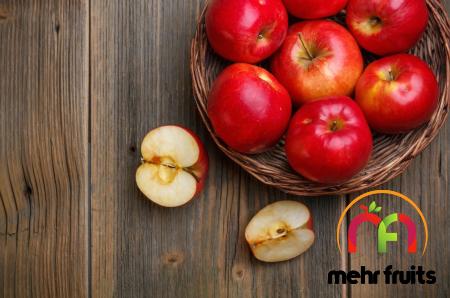
.
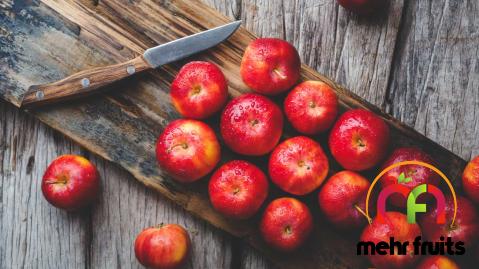 In zone 9, where temperatures can be quite warm, it is important to consider the timing of planting your Honeycrisp apple tree. Fall and winter are ideal times to plant fruit trees in this region, as the cooler temperatures allow the tree to establish its root system before the hot summer months. This will help the tree better withstand the stress of the heat and drought that often occurs in zone 9. Proper watering is essential for the successful growth of Honeycrisp apples in zone 9. While these apple trees prefer regular watering, they are also susceptible to root rot if the soil is allowed to become waterlogged. To prevent this, water your apple tree deeply but infrequently, allowing the soil to dry out slightly between waterings. A thick layer of organic mulch around the base of the tree will help retain soil moisture and regulate soil temperature. Fertilizing your Honeycrisp apple tree is another crucial aspect of caring for it in zone 9. Before the growing season begins in early spring, apply a balanced fertilizer to provide the tree with the nutrients it needs for robust growth and fruit production. Avoid over-fertilizing, as this can lead to excessive vegetative growth at the expense of fruit production. Pruning is an essential practice for maintaining the health and productivity of your Honeycrisp apple tree in zone 9. Regular pruning helps to improve air circulation within the tree canopy, reduce the risk of disease, and promote fruit production. In late winter or early spring, prune out any dead, diseased, or damaged branches, as well as any crowded or crossing branches.
In zone 9, where temperatures can be quite warm, it is important to consider the timing of planting your Honeycrisp apple tree. Fall and winter are ideal times to plant fruit trees in this region, as the cooler temperatures allow the tree to establish its root system before the hot summer months. This will help the tree better withstand the stress of the heat and drought that often occurs in zone 9. Proper watering is essential for the successful growth of Honeycrisp apples in zone 9. While these apple trees prefer regular watering, they are also susceptible to root rot if the soil is allowed to become waterlogged. To prevent this, water your apple tree deeply but infrequently, allowing the soil to dry out slightly between waterings. A thick layer of organic mulch around the base of the tree will help retain soil moisture and regulate soil temperature. Fertilizing your Honeycrisp apple tree is another crucial aspect of caring for it in zone 9. Before the growing season begins in early spring, apply a balanced fertilizer to provide the tree with the nutrients it needs for robust growth and fruit production. Avoid over-fertilizing, as this can lead to excessive vegetative growth at the expense of fruit production. Pruning is an essential practice for maintaining the health and productivity of your Honeycrisp apple tree in zone 9. Regular pruning helps to improve air circulation within the tree canopy, reduce the risk of disease, and promote fruit production. In late winter or early spring, prune out any dead, diseased, or damaged branches, as well as any crowded or crossing branches.
..
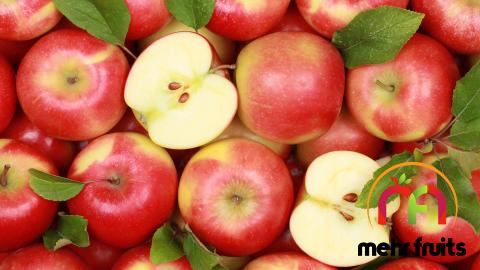 Additionally, thinning the fruit clusters on the tree will help to improve fruit size and quality. As your Honeycrisp apple tree matures and begins to bear fruit, it is essential to protect the developing apples from common pests and diseases. In zone 9, apple trees are susceptible to a variety of pests, including aphids, mites, and fruit flies. To prevent infestations, monitor your tree regularly for signs of pests and treat any issues promptly with organic insecticidal soap or neem oil. Additionally, practicing good sanitation by removing fallen fruit and debris from around the tree can help reduce the risk of disease. One of the most rewarding aspects of growing Honeycrisp apples in zone 9 is the opportunity to enjoy the delicious fruits of your labor. When the apples are ripe and ready for harvest, pick them carefully, taking care not to bruise or damage the delicate skin. Honeycrisps are known for their excellent storage qualities, so you can enjoy fresh-picked apples for several months after harvest if stored properly in a cool, dark place. In addition to eating Honeycrisp apples fresh off the tree, there are countless ways to incorporate these flavorful fruits into your culinary creations. Make a classic apple crisp or apple pie to showcase the natural sweetness of the Honeycrisp apple, or slice them thinly and add them to salads for a fresh and crisp texture. You can also make homemade applesauce, apple butter, or apple cider to enjoy the taste of fall all year round. In conclusion, while growing Honeycrisp apples in zone 9 requires careful attention to their specific needs, the rewards of successfully cultivating these delicious fruits are well worth the effort. By selecting the right location, providing ample sunlight and well-draining soil, and following proper care practices, you can enjoy a bountiful harvest of Honeycrisp apples in your own backyard. Whether eaten fresh, baked into a pie, or transformed into a tasty preserve, the versatility and exceptional flavor of the Honeycrisp apple make it a must-have addition to any fruit garden in zone 9. As you embark on your journey to grow Honeycrisp apples in zone 9, remember that patience and dedication are key to achieving success. While these apple trees may require a bit more attention in warmer climates, the satisfaction of harvesting your own flavorful and crispy apples will make it all worthwhile. One of the unique characteristics of Honeycrisp apples is their ability to develop complex flavors over time.
Additionally, thinning the fruit clusters on the tree will help to improve fruit size and quality. As your Honeycrisp apple tree matures and begins to bear fruit, it is essential to protect the developing apples from common pests and diseases. In zone 9, apple trees are susceptible to a variety of pests, including aphids, mites, and fruit flies. To prevent infestations, monitor your tree regularly for signs of pests and treat any issues promptly with organic insecticidal soap or neem oil. Additionally, practicing good sanitation by removing fallen fruit and debris from around the tree can help reduce the risk of disease. One of the most rewarding aspects of growing Honeycrisp apples in zone 9 is the opportunity to enjoy the delicious fruits of your labor. When the apples are ripe and ready for harvest, pick them carefully, taking care not to bruise or damage the delicate skin. Honeycrisps are known for their excellent storage qualities, so you can enjoy fresh-picked apples for several months after harvest if stored properly in a cool, dark place. In addition to eating Honeycrisp apples fresh off the tree, there are countless ways to incorporate these flavorful fruits into your culinary creations. Make a classic apple crisp or apple pie to showcase the natural sweetness of the Honeycrisp apple, or slice them thinly and add them to salads for a fresh and crisp texture. You can also make homemade applesauce, apple butter, or apple cider to enjoy the taste of fall all year round. In conclusion, while growing Honeycrisp apples in zone 9 requires careful attention to their specific needs, the rewards of successfully cultivating these delicious fruits are well worth the effort. By selecting the right location, providing ample sunlight and well-draining soil, and following proper care practices, you can enjoy a bountiful harvest of Honeycrisp apples in your own backyard. Whether eaten fresh, baked into a pie, or transformed into a tasty preserve, the versatility and exceptional flavor of the Honeycrisp apple make it a must-have addition to any fruit garden in zone 9. As you embark on your journey to grow Honeycrisp apples in zone 9, remember that patience and dedication are key to achieving success. While these apple trees may require a bit more attention in warmer climates, the satisfaction of harvesting your own flavorful and crispy apples will make it all worthwhile. One of the unique characteristics of Honeycrisp apples is their ability to develop complex flavors over time.
…
 As the apples ripen on the tree, their sugars concentrate and their flavors become more nuanced, making them a truly special treat to savor. By allowing the apples to fully ripen before picking them, you can experience the full spectrum of flavors that Honeycrisps have to offer. If you find yourself with an abundance of Honeycrisp apples, there are plenty of ways to preserve and enjoy them throughout the year. Consider making homemade applesauce, apple pie filling, or dehydrated apple slices to enjoy the taste of fresh apples long after the harvest season has passed. Canning or freezing your excess apples is also a great way to ensure that you have a supply of delicious apples on hand whenever the craving strikes. In addition to their culinary versatility, Honeycrisp apples are also a nutritional powerhouse. Packed with fiber, vitamins, and antioxidants, these apples are not only delicious but also good for your health. Whether eaten on their own, added to salads, or baked into desserts, Honeycrisp apples are a nutritious and satisfying snack that can be enjoyed by the whole family. As you nurture your Honeycrisp apple tree through the seasons in zone 9, take a moment to appreciate the beauty and resilience of these remarkable fruit trees. From the delicate pink blossoms of spring to the vibrant foliage of fall, the changing seasons offer a visual feast that complements the bounty of apples that your tree produces. Embrace the rhythm of nature as you care for your tree, and you will be rewarded with a fruitful harvest year after year. So, whether you are a seasoned gardener or a novice fruit tree enthusiast, growing Honeycrisp apples in zone 9 is a rewarding experience that offers a wealth of benefits. From their exceptional flavor and crisp texture to their culinary versatility and nutritional value, Honeycrisp apples are a delightful addition to any garden. By following the key guidelines for success in zone 9 and tending to your tree with care and attention, you can enjoy a fruitful harvest of these beloved apples for years to come. Cheers to the sweet success of growing Honeycrisp apples in your zone 9 garden!
As the apples ripen on the tree, their sugars concentrate and their flavors become more nuanced, making them a truly special treat to savor. By allowing the apples to fully ripen before picking them, you can experience the full spectrum of flavors that Honeycrisps have to offer. If you find yourself with an abundance of Honeycrisp apples, there are plenty of ways to preserve and enjoy them throughout the year. Consider making homemade applesauce, apple pie filling, or dehydrated apple slices to enjoy the taste of fresh apples long after the harvest season has passed. Canning or freezing your excess apples is also a great way to ensure that you have a supply of delicious apples on hand whenever the craving strikes. In addition to their culinary versatility, Honeycrisp apples are also a nutritional powerhouse. Packed with fiber, vitamins, and antioxidants, these apples are not only delicious but also good for your health. Whether eaten on their own, added to salads, or baked into desserts, Honeycrisp apples are a nutritious and satisfying snack that can be enjoyed by the whole family. As you nurture your Honeycrisp apple tree through the seasons in zone 9, take a moment to appreciate the beauty and resilience of these remarkable fruit trees. From the delicate pink blossoms of spring to the vibrant foliage of fall, the changing seasons offer a visual feast that complements the bounty of apples that your tree produces. Embrace the rhythm of nature as you care for your tree, and you will be rewarded with a fruitful harvest year after year. So, whether you are a seasoned gardener or a novice fruit tree enthusiast, growing Honeycrisp apples in zone 9 is a rewarding experience that offers a wealth of benefits. From their exceptional flavor and crisp texture to their culinary versatility and nutritional value, Honeycrisp apples are a delightful addition to any garden. By following the key guidelines for success in zone 9 and tending to your tree with care and attention, you can enjoy a fruitful harvest of these beloved apples for years to come. Cheers to the sweet success of growing Honeycrisp apples in your zone 9 garden!
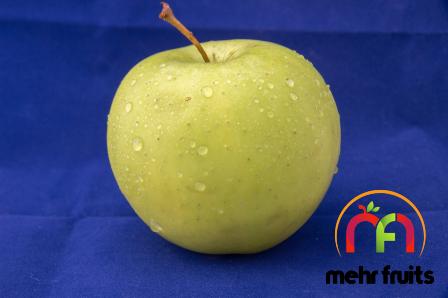

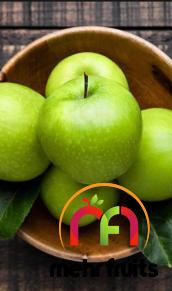
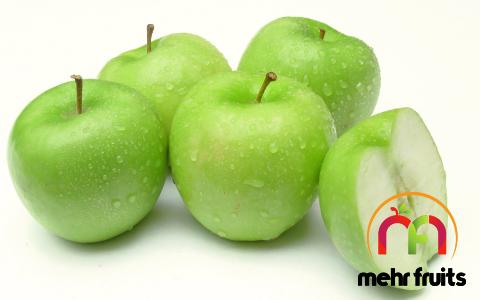
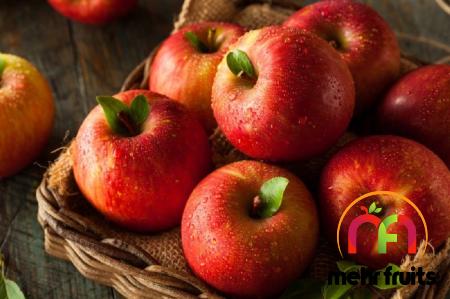
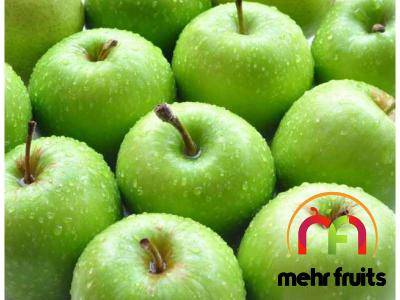
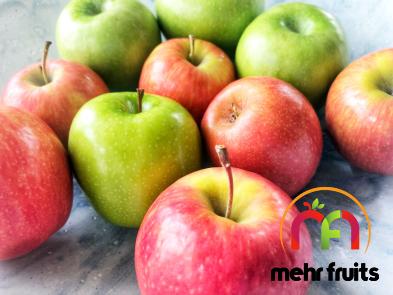
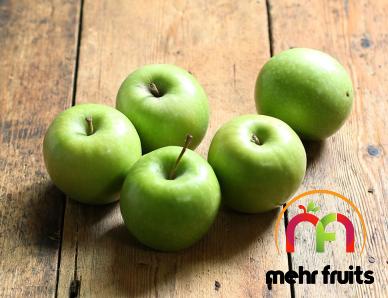

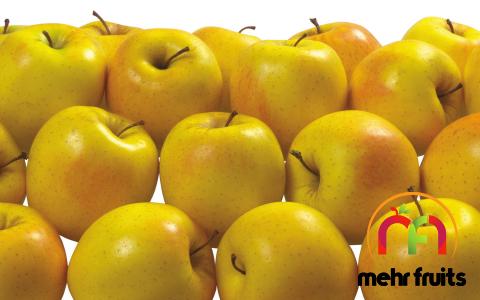
Your comment submitted.